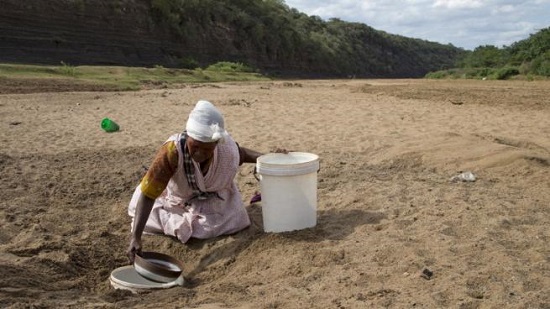
Story of the Week... Editorial of the Week... El Niño/La Niña Update... Toon of the Week... Quote of the Week... Graphic of the Week... SkS in the News... Photo of the Week... SkS Spotlights... Video of the Week... Reports of Note... Coming Soon on SkS... Poster of the Week... Climate Feedback Reviews... SkS Week in Review... 97 Hours of Consensus...
How do you manage climate risk? Ask those on the frontline

A woman gets water from a well dug in the Black Imfolozi River bed, which is dry due to drought, near Ulundi, northeast of Durban, South Africa, Jan. 20, 2016. REUTERS/Rogan Ward
More than 20 million people are at risk of dying from starvation within six months, the U.N. World Food Programme warned several weeks ago. Persistent armed conflict and prolonged droughts have crippled the economies of Somalia, South Sudan, Yemen and northern Nigeria, where communities are suffering the worst hunger.
That means we need to change the way we look at climate risk, Maarten van Aalst, director of the Red Cross Red Crescent Climate Centre, told a meeting in Nairobi this week.
Experts at the gathering called for the U.N.’s climate science panel to change the way it works, and examine how climate risk plays out locally and interlinks with other factors like the economy and health.
“Rising levels of food insecurity are not just due to a lack of rainfall, but also because people are vulnerable to conflict,” van Aalst told the Thomson Reuters Foundation by phone from Kenya. “Climate is only one piece of a much bigger puzzle.”
He urged scientists and policy makers to focus on what matters to people in highly vulnerable places. “They aren’t interested in rainfall projections for the next 100 years – they want to understand what is happening to them now,” he told the event convened by the Climate Centre and the Intergovernmental Panel on Climate Change (IPCC).
How do you manage climate risk? Ask those on the frontline by Zoe Tabary, Thomson Reuters Foundation, Apr 7. 2017
Is it time to boycott America?

The Paris Agreement has no mechanism for sanctioning countries that fail to fulfill their pledges. The idea is that such countries will be “named and shamed.” Well before Trump was elected president, however, when the notorious video in which he boasted of groping women became public, it was obvious that he is immune to shame. What, then, can other countries, and individuals, whether in the U.S. or beyond its borders, do about the fact that Trump is jeopardizing the future of us all, for many generations to come?
If the U.S. uses the cheapest available fuels to produce energy, irrespective of the harm that burning those fuels does to others, it is giving its companies an unfair advantage over those elsewhere that are making a good-faith effort to reduce their greenhouse-gas emissions and meet their Paris pledges. That should be enough for the World Trade Organization to allow other countries to erect trade barriers against U.S. goods. If, however, the WTO is not brave enough to take that step, the remedy is in the hands of foreign consumers, who should show the Trump administration what they think of its policies by choosing not to buy American.
A boycott is a blunt instrument that would, regrettably, harm many U.S. workers who did not vote for Trump and are in no way responsible for his policies. But with so much at stake, and such limited means of changing Trump’s policies, what else is there to do?
Is it time to boycott America?, Opinion by Peter Singer, Japan Times, Apr 7, 2017
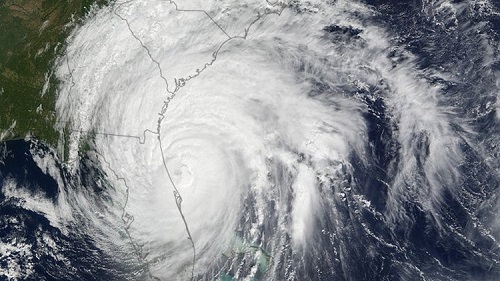
Hurricane Matthew was a major Category 4 storm when it approached Florida on Oct. 6, 2016
AccuWeather released its 2017 hurricane forecast Wednesday, which also called for a below-average storm season. Hurricane season runs June 1 through November.
Both AccuWeather and CSU are basing their forecasts on early predictions that El Niño may reappear this year. The global climate pattern, marked by a warming of the equatorial Pacific Ocean, works against hurricanes. Its west-to-east wind pattern can shred storms as they develop in the Atlantic basin.
Led by hurricane researcher Phil Klotzbach, CSU is predicting 11 named storms, four hurricanes and two major hurricanes of Category 3 strength or higher.
AccuWeather’s forecast includes 10 named storms, five hurricanes and three major hurricanes.
2017 hurricane forecasts based on chances El Niño will appear by Kimberly Miller, Palm Beach Post, Apr 7, 2017
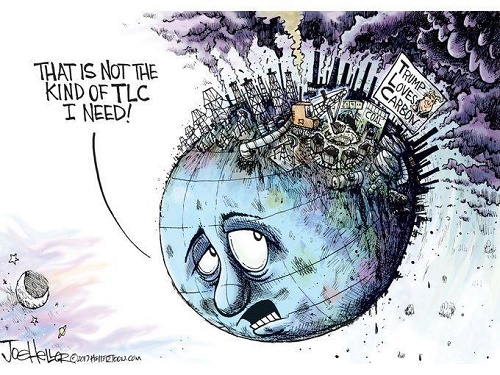
“It is very hard to be here right now,” said a senior EPA official who has been with the agency for 30 years. The Trump administration is “battling with basic scientific facts…. There might have been slow progress on things like climate change under Bush-Cheney, but this is outright turning things over completely on their head. I have never seen anything like it.”
At Trump's EPA, going to work can be an act of defiance by Evan Halper, Los Angeles Times, Apr 4, 2016
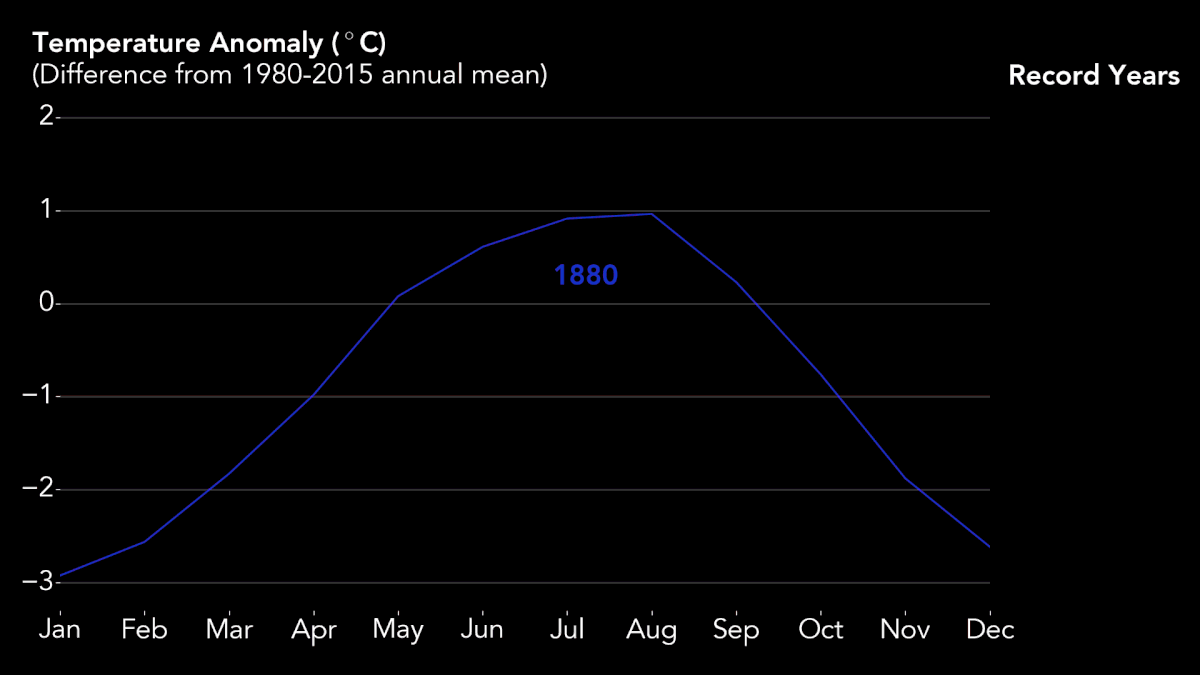
Image: NASA GISS
EPA head Scott Pruitt may have broken integrity rules by denying global warming by Andrew Freedman, Mashable, Apr 4, 2017
[To be added]

An iceberg off the coast of Newfoundland. Credit: Wikimedia Commons
Icebergs Are Swarming Shipping Lanes in the Arctic by Brian Kahn, Climate Central, April 6, 2017
314 Action is a nonprofit that was founded by members of the STEM community, grassroots supporters and political activists. Why 314 Action? Pi is everywhere. It’s the most widely known mathematical ratio both inside and out of the scientific community. It is used in virtually everything we encounter in our daily lives.
314 Action is concerned that STEM education in the United States is falling further and further behind the rest of the world, that our political leaders continue to deny scientific facts and that Congress fails to fully fund scientific research so we can solve pressing environmental issues like climate change and social problems like gun violence.
“Climate science and public policy – a shifting landscape of risk and opportunity” by Kim Cobb, YouTube, Apr 3, 2017
Humanity has a primordial fascination with clouds. The meteorological and hydrological communities have come to understand through decades of observation and research that cloud processes – from the microphysics of initial nucleation to superstorms viewed from satellites – provide vital information for weather prediction, and for precipitation in particular. Looking at clouds from a climate perspective introduces new and difficult questions that challenge our overall assumptions about how our moist, cloudy atmosphere actually works.
Clouds are one of the main modulators of heating in the atmosphere, controlling many other aspects of the climate system. Thus, “Clouds, Circulation and Climate Sensitivity” is one of the World Climate Research Programmes (WCRP) seven Grand Challenges. These Grand Challenges represent areas of emphasis in scientific research, modelling, analysis and observations for WCRP and its affiliate projects in the coming decade.
Understanding Clouds to Anticipate Future Climate by Sandrine Bony, Bjorn Stevens & David Carlson, Bulletin nº Vol 66 (1) – 2017
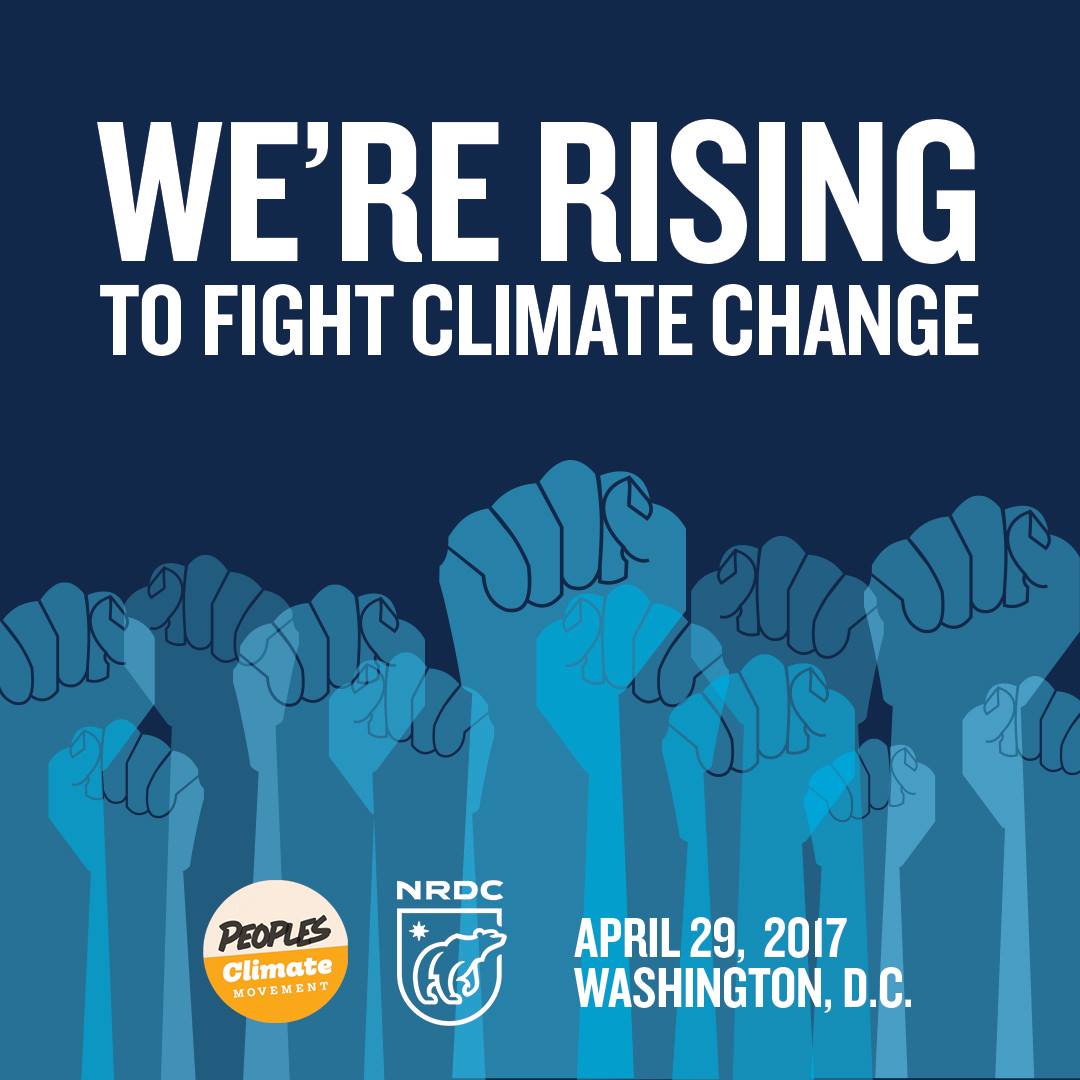
Climate Feedback asked its network of scientists to review the article, Miami's fight against rising seas by Amanda Ruggeri. BBC Future, Apr 4, 2017
Four scientists analyzed the article and estimated its overall scientific credibility to be ‘very high’.
Click here to access the entire review.
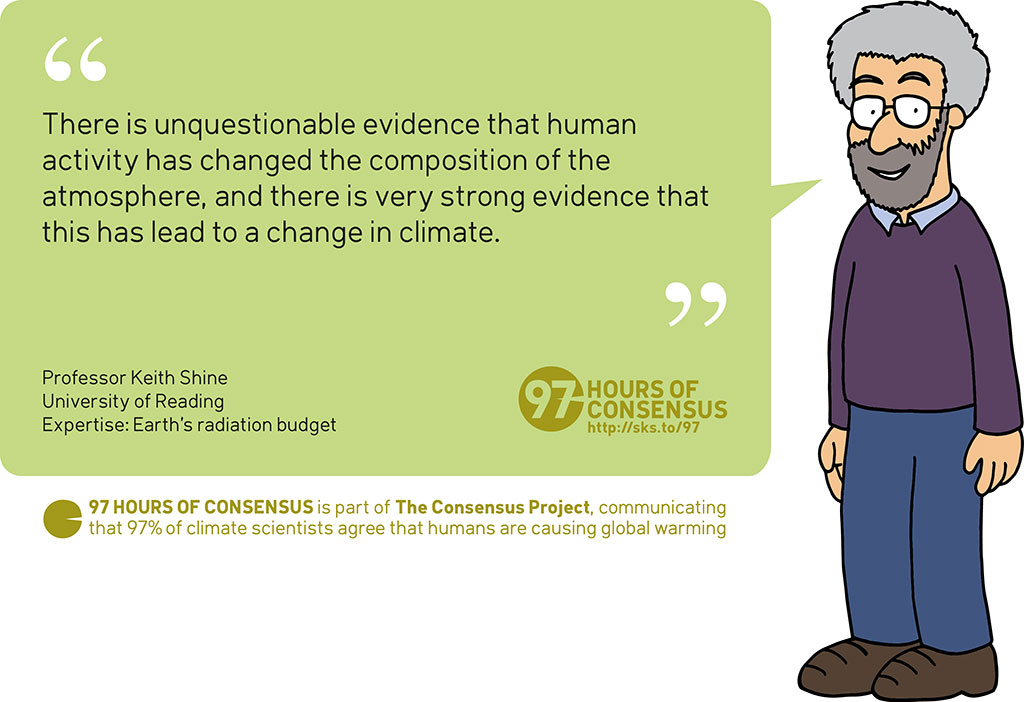
Keith Shine's bio page and Quote source
High resolution JPEG (1024 pixels wide)
Posted by John Hartz on Sunday, 9 April, 2017
 |
The Skeptical Science website by Skeptical Science is licensed under a Creative Commons Attribution 3.0 Unported License. |